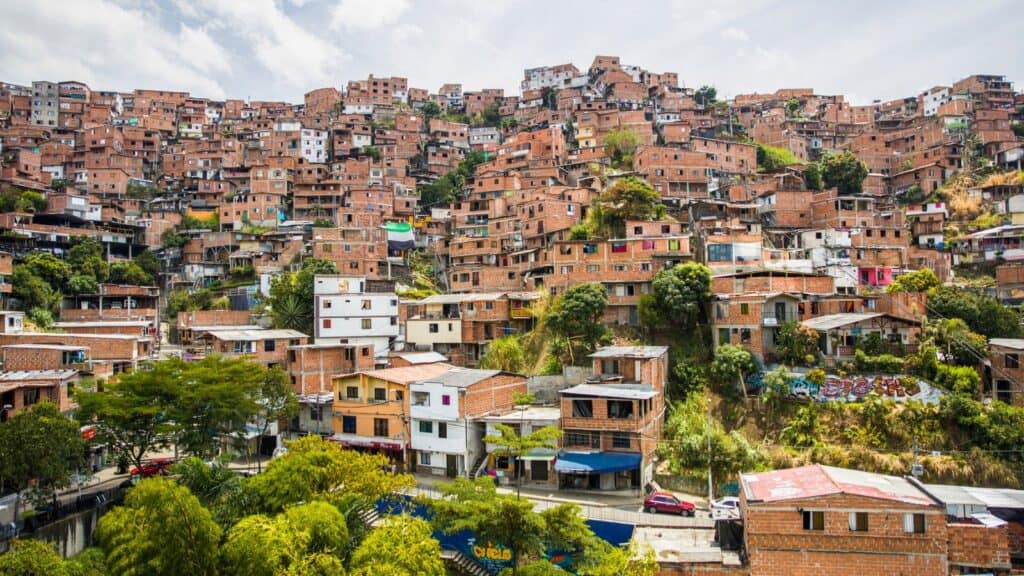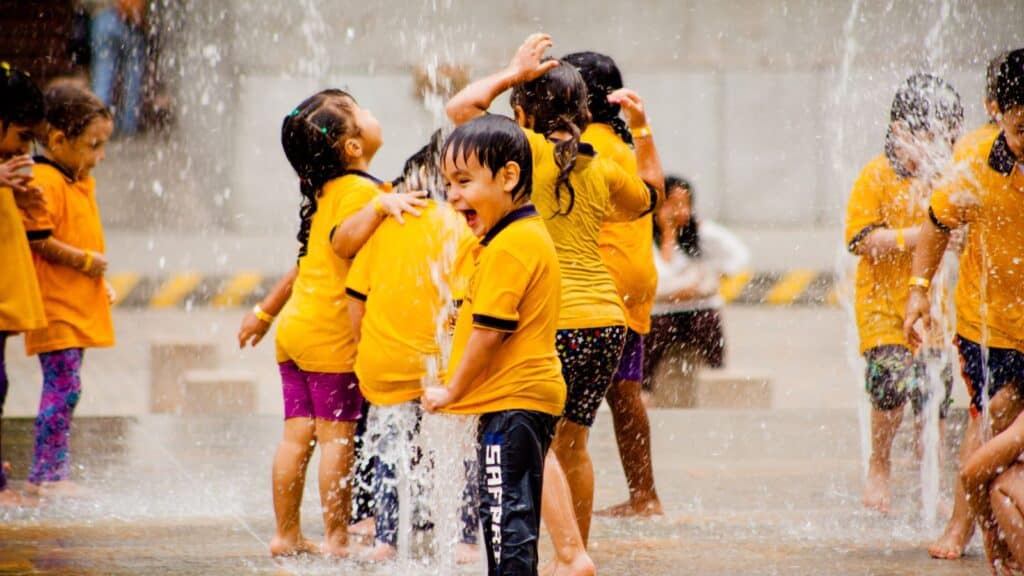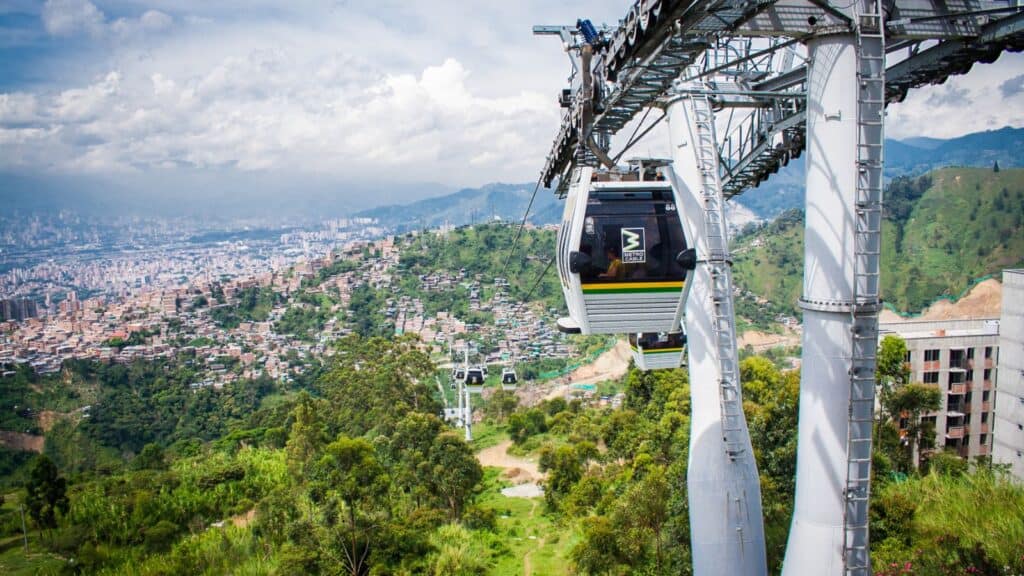Medellín has transformed significantly over the years to become a popular destination for travelers seeking to explore Colombia’s culture and history. After addressing safety concerns, the city has seen a surge in tourism due to improved security and urban development. Today, Medellín offers visitors a chance to experience its vibrant culture, innovative public spaces and a warm, welcoming community.

Despite its progress, travelers to Medellín should remain as vigilant as they would in any major city. Local authorities’ efforts to increase police presence and community support programs have been instrumental in enhancing safety in popular tourist areas. But as always when traveling to foreign countries, visitors must take common-sense precautions, particularly with valuables, as petty crimes like pickpocketing do occur.
I love traveling to Medellín, Colombia. My young children feel safe playing in its parks, while my elderly mother-in-law can safely sit in any street corner with a glass of cold aguapanela and wait for us to finish running around. But it’s crucial to remember that the city, which has greatly transformed its public image, is not without risks — just like any other major cosmopolitan area.
Medellín’s resilience and dedication to overcoming its challenging past have made it an example of urban transformation. With a range of activities and attractions, it appeals to a diverse group of travelers. Whether taking in the cityscape from the Metrocable or exploring the innovative Museum of Modern Art, Medellín extends an invitation to experience its unique blend of tradition and modernity, with safety as a continuing priority.
Current safety overview

Medellín’s safety landscape has evolved significantly over the years, drawing international visitors and making it a notable destination for travelers. It has been working hard to leave behind the image of a drug capital popularized by famous drug lord Pablo Escobar.
Crime rates and trends
In recent years, Medellín has observed a decline in violent crime, yet petty crime remains a concern. According to Statista, the city recorded 1,400,000 international visitors in 2022, who mostly had safe experiences. However, the New York Times reports that incidents involving drugged drinks do occur, alongside the theft of wallets, electronic gadgets and passports. All these highlight the importance of vigilance. Local authorities advise visitors to avoid certain parks and neighborhoods known for higher petty crime rates.
Government travel advisories
Travel advisories emphasize the need for awareness and caution while visiting Medellín. The United States Bureau of Consular Affairs encourages visitors to dress modestly and remain alert to avoid becoming targets of crime. Official guidance includes staying in well-populated areas and being wary of overly friendly strangers, as these can sometimes preface criminal intent.
Personal safety tips

When visiting Medellín, travelers should prioritize their welfare by adhering to specific regional safety guidelines. Some of the top places to be wary of regard transportation and avoiding common scams.
Transportation safety
Avoid hopping into cars you don’t know. Visitors should utilize reputable transportation apps like Cabify, Uber or DiDi for secure travel, especially after dark or when not using the metro.
When taking public transit, remain vigilant on Medellín’s metro system. Keeping personal belongings close and staying aware of the surroundings helps deter opportunistic crimes.
Avoiding scams
Street vendors and overly friendly locals that seem too good to be true often are. Travelers must be cautious of street vendors who may overcharge and friendly strangers who might have ulterior motives. Rely on common sense and polite refusal to avoid getting entangled in scams.
Areas to visit and avoid

When traveling to Medellín, it’s critical to distinguish between neighborhoods that are welcoming for tourists and those with a higher risk profile. Visitors should prioritize safety and local insights when deciding where to go.
Recommended neighborhoods
El Poblado: Known for its upscale hotels and vibrant nightlife, this area is popular among tourists for both its safety and amenities. Here, you will find ample security and a wide commercial offering.
Laureles: A pleasant mix of residential and commercial spaces makes Laureles inviting. Visitors enjoy the local cafes and restaurants in a relatively safe environment, as confirmed by its notable safety rating.
Envigado and Sabaneta: Often touted for their charm, these neighborhoods boast a strong community feeling with lower risks, attracting travelers seeking an authentic experience.
Areas with higher risk
Care should be taken in less patrolled areas, particularly after dark. No area can be considered absolutely safe; however, heightened alertness is advised in less illuminated and more secluded neighborhoods. The presence of fewer foreigners and less English can sometimes correlate with an increased risk.
Top tips to remember
When planning a visit to Medellín, travelers should prioritize safety. Below are key recommendations to consider:
- Stay in safe neighborhoods: Opt for well-known areas like Poblado or Estadio, which have a reputation for being more secure.
- Common sense: Travelers should exhibit common sense, such as avoiding lonely areas at night and not displaying valuables or large amounts of cash in chaotic, crowded places, as suggested by Visitar Medellín.
- Use transportation apps: For safe and reliable transport, services like Cabify, Uber or Didi are recommended and often provide additional security compared to street hailing.
- Be informed: Before their trip, visitors should educate themselves about local customs and areas to avoid. They should remain aware of their surroundings and trust their instincts.
By adhering to these tips and staying informed about safety measures, you, too, can better navigate Medellín and enjoy all that the city has to offer. It’s one of the top places to discover Colombian food, drink and culture, so don’t skip it based on outdated perceptions.
Ksenia Prints is a food writer, blogger, photographer and recipe developer from Montreal, Canada. She blogs over At the Immigrant’s Table, a food blog showcasing healthy, beautiful international recipes for adventurous home cooks. She loves to highlight ethnic cuisines and immigrant cultures by working with chefs from relevant countries and adapting those recipes to gluten-free, vegan, vegetarian, sugar-free and other dietary restrictions.